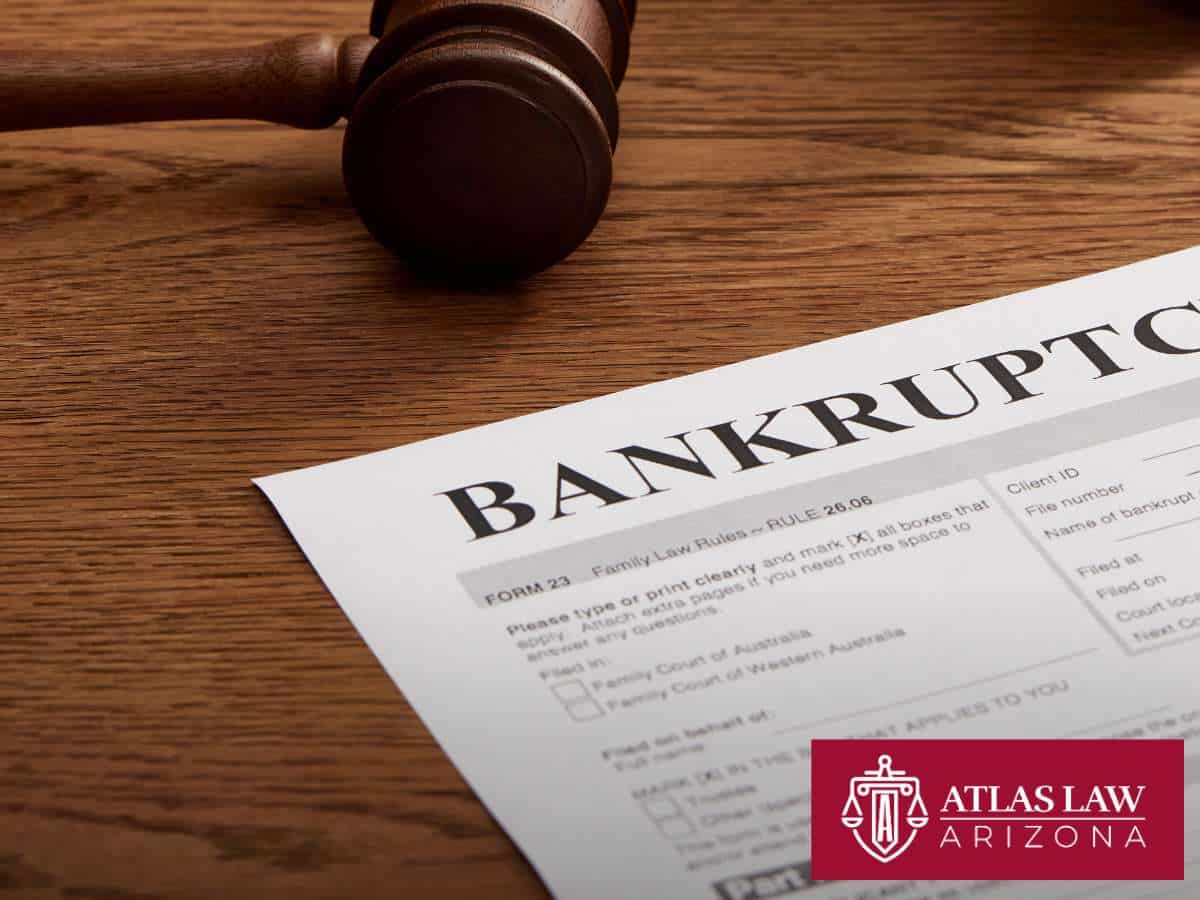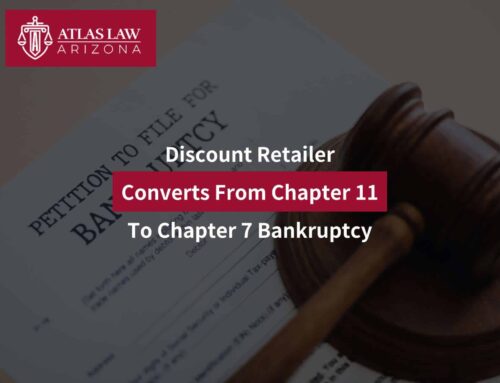When the cost of living goes up, most people are forced to cut certain expenses from their budgets. Vacations and other discretionary travel can go by the wayside when would-be travelers are already barely getting by after paying for rent and groceries. One might think that when this happens, those who are still traveling might switch to more affordable airlines. But the airline that is best known- bordering on infamy- for affordable prices, Spirit Airlines, has now filed for bankruptcy a second time.
If you’ve ever flown Spirit Airlines, you probably have a story to tell about it. Spirit Airlines became the choice airline for travelers on a budget by only offering free personal items, while most airlines still allowed a carry-on for free. But this money-saving opportunity quickly grew into a reputation for mid-flight brawls and general degeneracy. In an effort to revitalize its brand, Spirit Airlines began negotiating a merger deal with JetBlue. But this deal fell through, and Spirit Airlines operated at a $1.2 billion net loss for the year of 2024. It filed for chapter 11 bankruptcy in November of that year. The goal was to shift its focus towards higher spenders with an aim of increasing revenue per passenger by 13%. Spirit Airlines completed its restructuring and emerged from its first chapter 11 bankruptcy case in March 2025.
Most companies manage to shed a significant amount of debt when they file chapter 11 bankruptcy. But this isn’t always enough to keep a business afloat. Spirit Airlines again declared chapter 11 bankruptcy at the close of August 2025. So far, the yellow plane company’s attempt to become a more premium airline appears unsuccessful. However, Spirit has announced that business should carry on as usual, despite the bankruptcy filing. Flights, ticket sales, and reservations are expected to continue as normal. This statement hasn’t quelled concerns about the airline’s status in the long-term. In this bankruptcy filing, Spirit Airlines will need to address its potential issues with credit card processors. The concern here is that customers will pay for flights that could be canceled as the company is on the brink of collapse. This can cause a credit card processor to hold onto more funds before distributing them to the airline in case the credit card is forced to refund the cost of the canceled flight to the customer. If this happens to Spirit Airlines, it could deplete the company’s already low cash reserves. This bankruptcy filing will help Spirit Airlines work out an agreement regarding this issue before a deadline of December 31, 2025.
Spirit Airlines’ future is unclear after declaring bankruptcy twice in such a short time frame. Filing for bankruptcy, especially multiple times, has different connotations for an individual as opposed to a corporation. It is also more likely that an individual will file for chapter 7 or chapter 13 bankruptcy instead of chapter 11 bankruptcy. If you are considering declaring either of these types of bankruptcy in Phoenix or Tucson, Arizona, our firm offers free phone consultations and reliable legal representation so you can clear your debts with peace of mind. Get started today with your free consultation at 602-649-4949 to learn more.

How Previous Double Corporate Bankruptcies Have Played Out
Spirit Airlines didn’t make history by filing for chapter 11 bankruptcy a second time in short succession. Several other companies have done so in the past, with many of them happening fairly recently. Forever 21 declared chapter 11 bankruptcy in March 2025 after previously doing so in 2019. While chapter 11 bankruptcy gives companies a chance to stay open and restructure debts, Forever 21 closed through a series of going out of business sales and will likely house this year’s Spirit Halloween locations. Joann, a beloved crafts and fabric retailer, similarly declared chapter 11 bankruptcy for the second time in 2025 and has since gone out of business.
Restaurants are another type of business that tend to struggle during recessions and similar economic circumstances. TGI Friday’s filed for chapter 11 bankruptcy in 2024 after previously declaring bankruptcy during the pandemic. Rubio’s Coastal Grill also filed for bankruptcy twice, blaming the second filing on the minimum wage hike in California for employees of large chain fast food restaurants. Both of these cases differ from the retail cases described above in that both restaurants that have filed for bankruptcy twice are still in operation. But Claire’s, a popular mall retailer that also offers ear piercing services has filed for bankruptcy twice and does not yet appear to be going out of business. A key difference here may be that the filings were separated by several years, with the first filing being in 2008 and the second in 2025.
If you have filed for bankruptcy in the past, this doesn’t necessarily prevent you from filing for bankruptcy again in the future. Individuals are entitled to many of the same protections that businesses receive when they file for bankruptcy, even if it is under a different chapter. Rather than chapter 11 bankruptcy, most people fend off creditors and relieve debts using either chapter 7 or chapter 13 bankruptcy. To learn more about your options when it comes to bankruptcy, call 602-649-4949 to schedule your free consultation with our firm.
Waiting Periods For Subsequent Consumer Bankruptcy Filings
Spirit Airlines has declared bankruptcy less than a year after previously filing for chapter 11 bankruptcy protection. While a consumer can do this as well, it probably won’t have the effect they were seeking, as there are waiting periods that a debtor must follow before they can actually discharge their debts through bankruptcy once more. The waiting period that applies to a bankruptcy debtor depends on the first type of bankruptcy they filed, and the type of bankruptcy they wish to file for their subsequent case. Because debts are repaid in chapter 13 bankruptcy, these debtors are typically bound by shorter waiting periods than chapter 7 bankruptcy debtors, as debts are liquidated and cleared without repayment in chapter 7 bankruptcy. There is technically no limit on how many times a debtor can declare bankruptcy in the United States.
- Chapter 7 to Chapter 7: 8 years
- Chapter 7 to Chapter 13: 4 years
- Chapter 13 to Chapter 13: 2 years
- Chapter 13 to Chapter 7: 6 years
Seeking Debt Relief In Arizona? Look No Further Than Atlas Bankruptcy Lawyers.
Bankruptcy is one of the most powerful forms of debt relief out there, but it isn’t simple and straightforward to take advantage of its protections. That’s why there are lawyers who specialize in bankruptcy and consumer debt relief. Filing for bankruptcy with an attorney reduces your risk of dismissal and can help you get the most out of everything that bankruptcy has to offer. But paying for a bankruptcy attorney when you are already struggling with debt can be an overwhelming task, especially if your lawyer requires payment in full before your case can be filed. Atlas Bankruptcy Lawyers makes starting the bankruptcy process simple by offering free consultations by phone and post-filing payment plans starting at Zero Dollars Down. See if you qualify today by scheduling your free consultation at 602-649-4949 to learn more.



